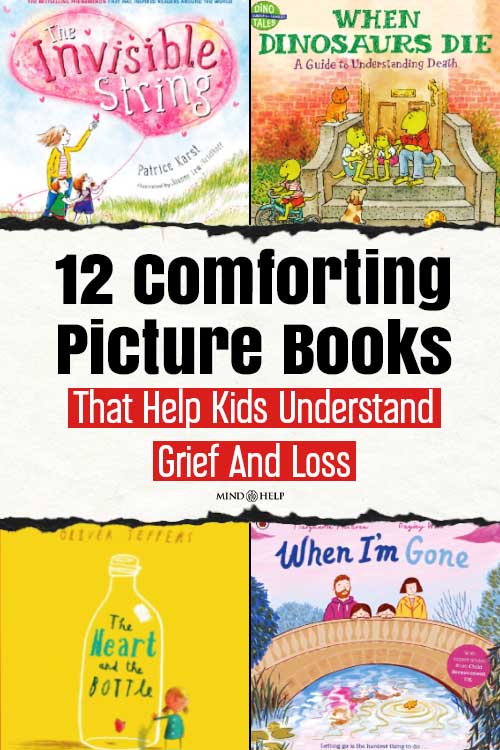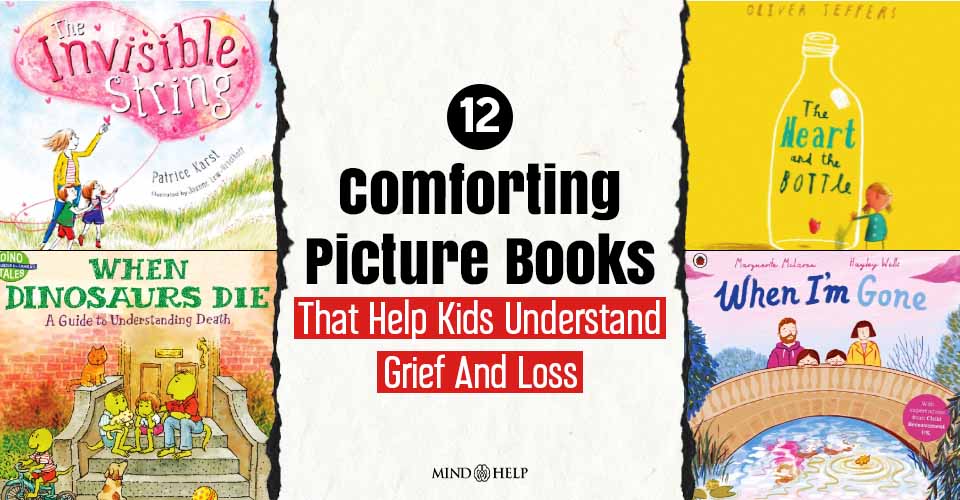When a child experiences the death of a loved one or any kind of major loss, it can shake the very ground beneath them. Unlike adults, children often don’t have the language or emotional tools to make sense of their loss. That’s where picture books about grief come in.
While they might seem simple on the surface, picture books about grief and loss play a powerful role in helping children process difficult emotions. In fact, psychologists and child development experts often recommend storybooks as one of the best ways to talk to children about death and loss.
How Is Grief in Children Different From Adults?
Grief looks different in children than it does in adults. According to child psychologists and research published in journals like Pediatrics and the Journal of Child Psychology and Psychiatry, children:
- Grieve in bursts (they may cry one moment and play the next),
- May re-grieve a loss at different developmental stages,
- Often don’t fully understand death as permanent until around age 7,
- They may not have the words to explain how they feel.
Read more here: How Does Childhood Trauma Affect The Brain? 4 Emotional Wounds
Unprocessed grief in children can show up as anxiety, sleep problems, behavior issues, or even physical symptoms. That’s why books about grief and bereavement can be so crucial in their growing years to help them understand and express their feelings.
Books show characters who are sad, angry, confused, or scared, validating the child’s own feelings. This normalizes grief and reduces the shame or fear kids might feel.
12 Picture Books About Grief And Loss For Children
So, here’s a list of children’s books about grief and bereavement that caregivers, therapists, and teachers can turn to when helping children cope with death and loss:
1. The Invisible String by Patrice Karst
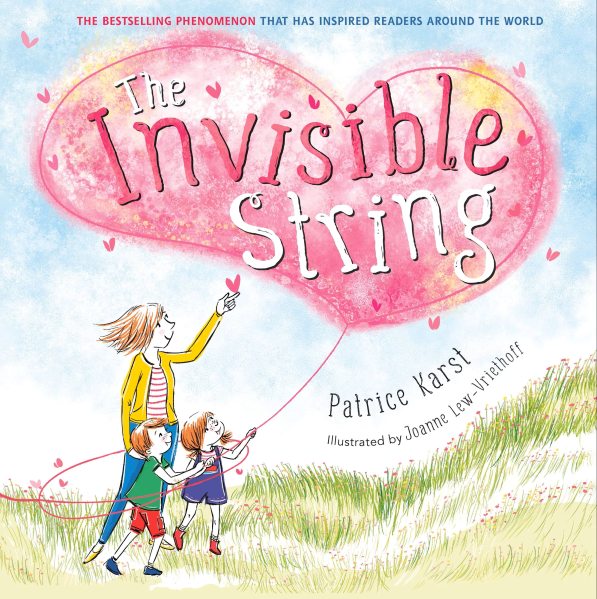
Explains how love connects us to those we’ve lost, even when they’re not physically here. Frequently used in grief counseling.
2. Ida, Always by Caron Levis
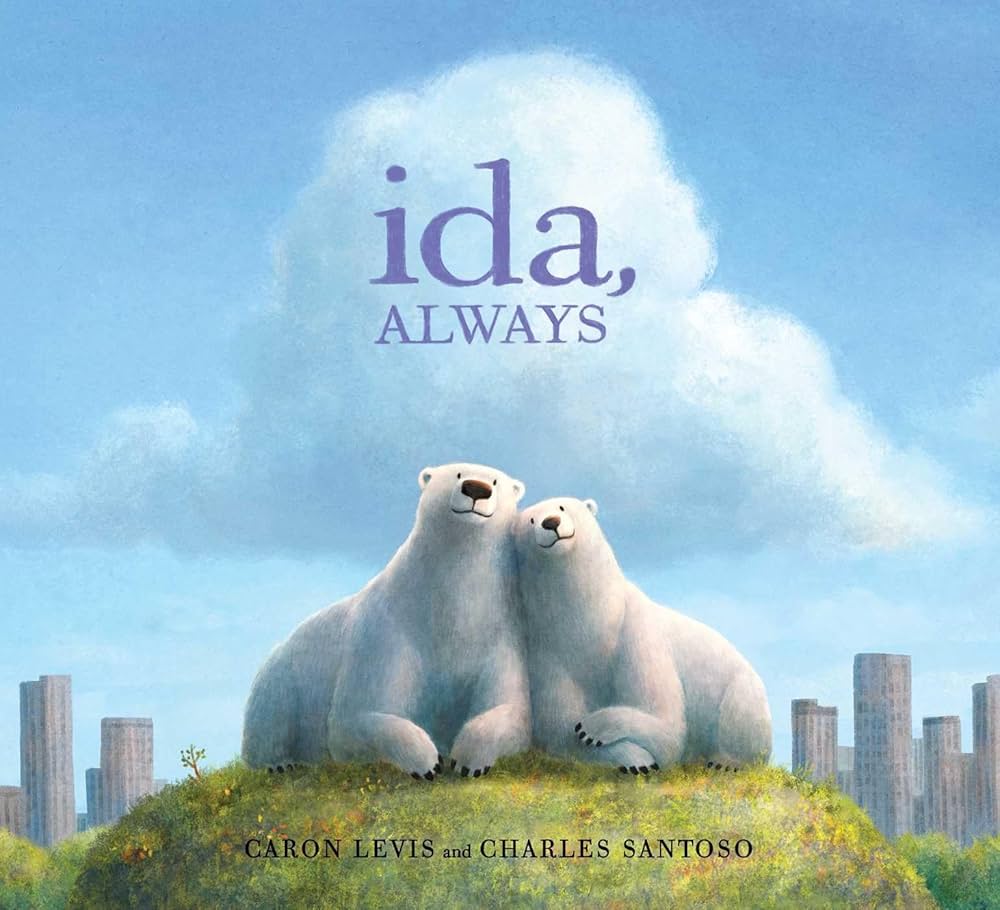
Inspired by real zoo animals, this story gently introduces the idea of saying goodbye to a beloved friend.
3. The Heart and the Bottle by Oliver Jeffers

A metaphorical story about shutting down emotionally after loss and slowly learning to feel again.
4. When I’m Gone by Marguerite McLaren

This book offers a moving look at loss and grief. It is written sensitively so that children can understand and process these emotions.
5. The Memory Tree by Britta Teckentrup
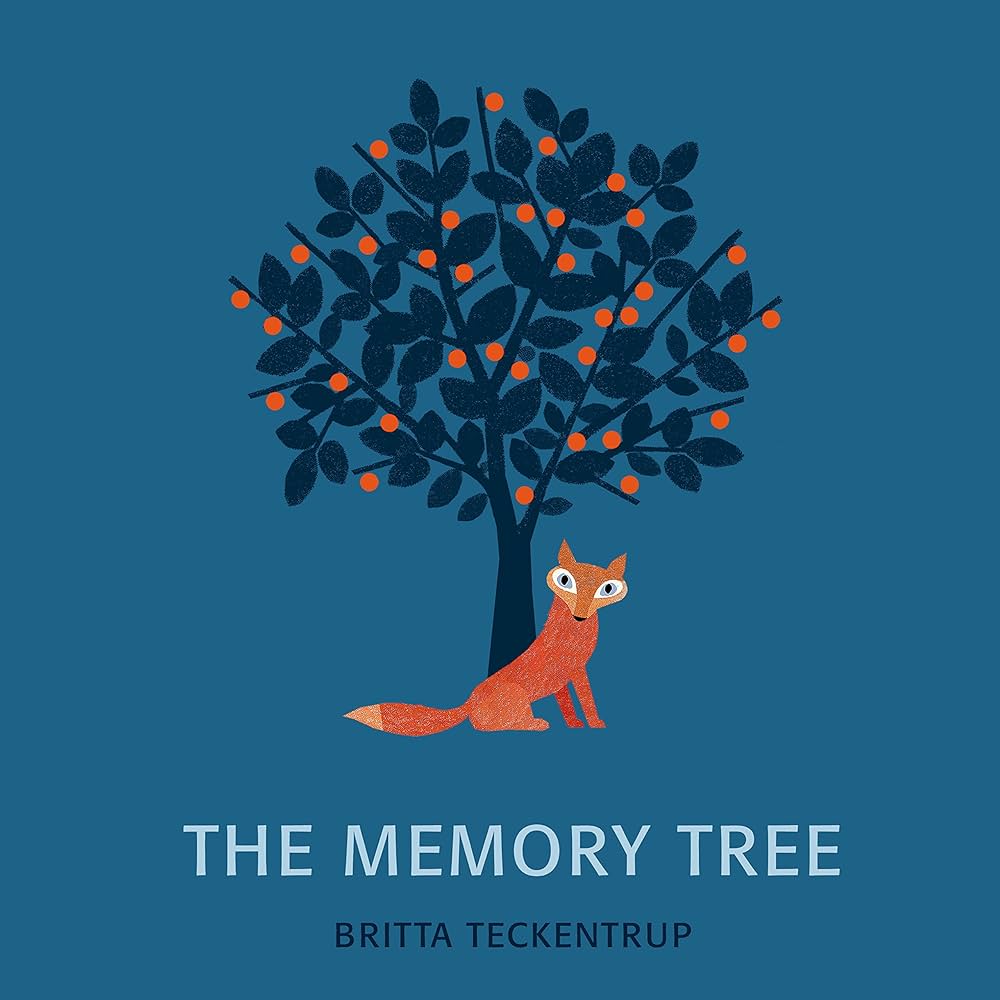
Celebrates the memories we keep alive after a loved one dies, helping children understand that remembering is part of healing.
6. I Miss You by Pat Thomas
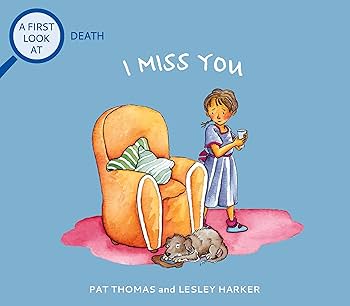
Written by a child therapist, this straightforward book discusses death, funerals, and emotions in a calm, honest way.
7. Big Cat by Emma Lazell

Uses a metaphorical “cat” to explore how memories and love remain, even when someone is gone.
8. The Scar by Charlotte Moundlic

One of the more emotionally raw picture books, it captures a child’s pain, anger, and fear after a parent’s death.
9. Cry, Heart, But Never Break by Glenn Ringtved
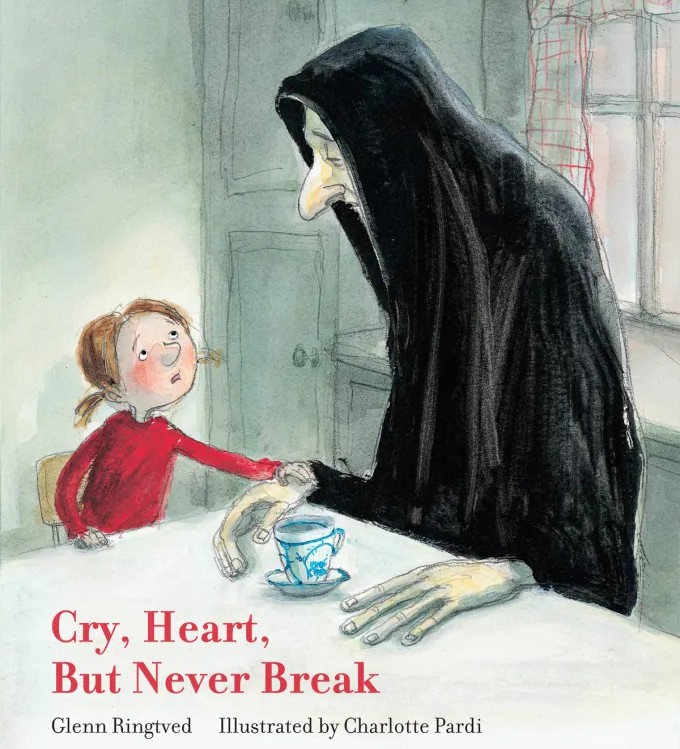
A poetic story that introduces the idea of death as a natural balance to life, using the figure of Death as a gentle presence.
10. The Rabbit Listened by Cori Doerrfeld
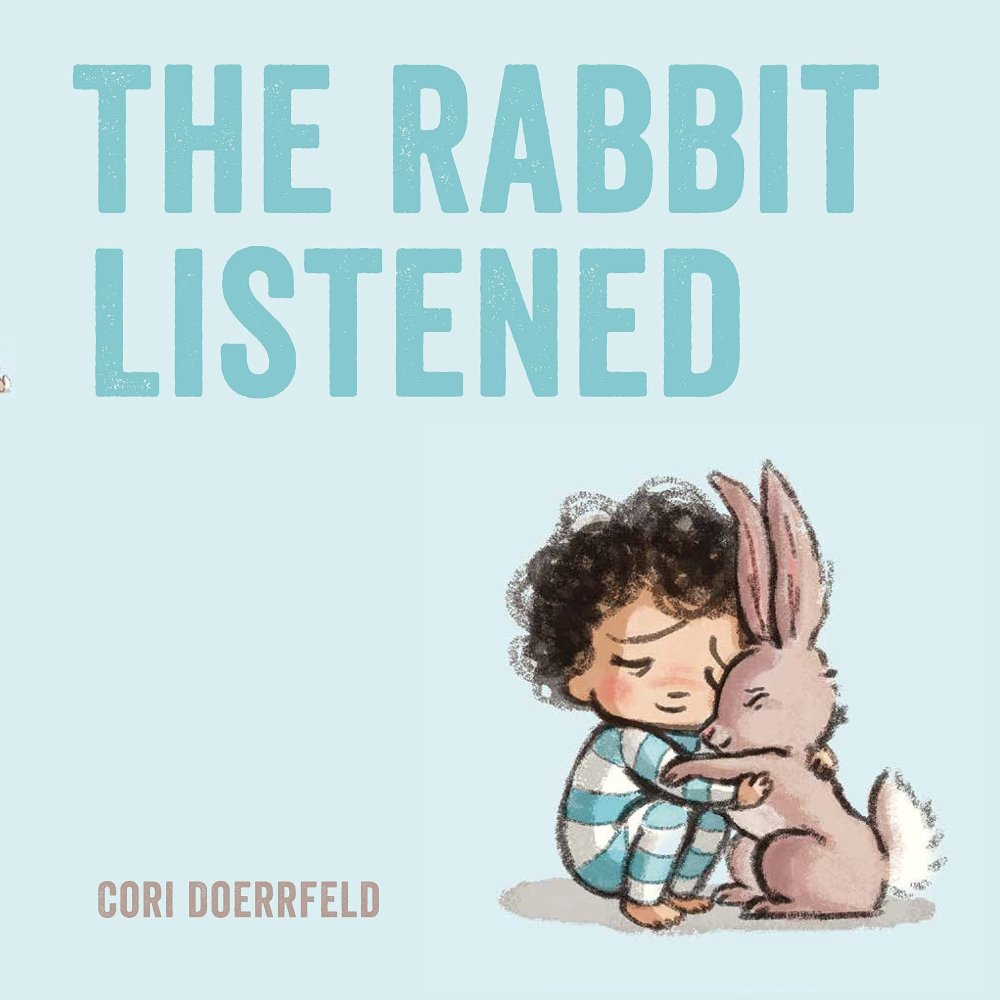
Perfect for all kinds of grief, this story shows the power of simply being there and listening.
11. When Dinosaurs Die by Laurie Krasny Brown

An excellent factual guide that covers everything from what death is to the feelings and rituals that come with it.
12. Sad Book by Michael Rosen

Written by a grieving parent, this book offers a brutally honest look at sadness that helps older children and adults alike understand ongoing grief.
The Takeaway
Grief doesn’t follow a timeline, and it doesn’t come with instructions, especially for kids. But stories can light a path through the dark. They remind children (and adults) that they are not alone, that their feelings are real, and that healing is possible.
Read more here: 6 Signs You Were Raised By An ‘Eggshell Parent’
Whether you’re a parent, teacher, or caregiver, reading books about grief and loss together can be one of the most comforting, healing things you can do for a child in the the hardest parts of their lives.
